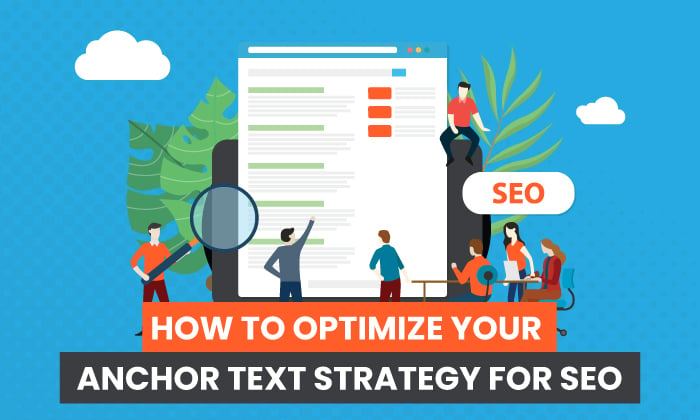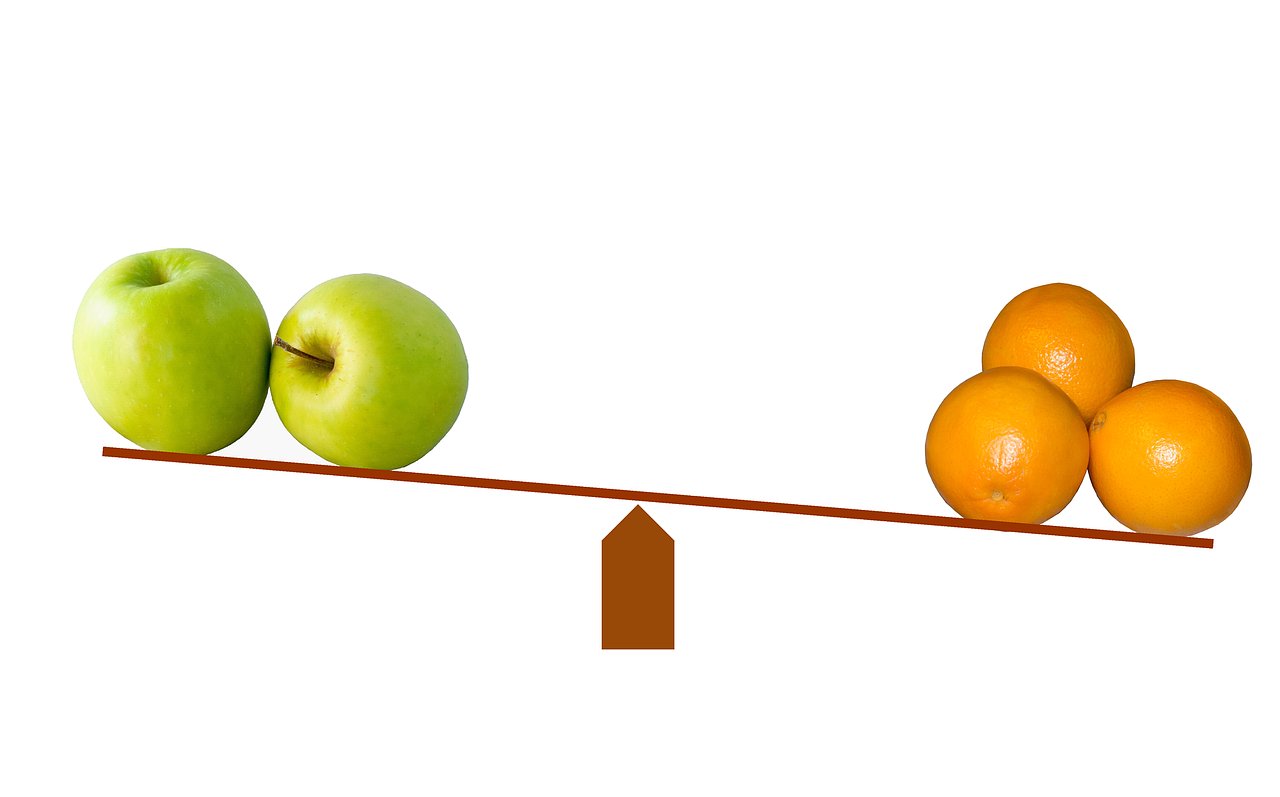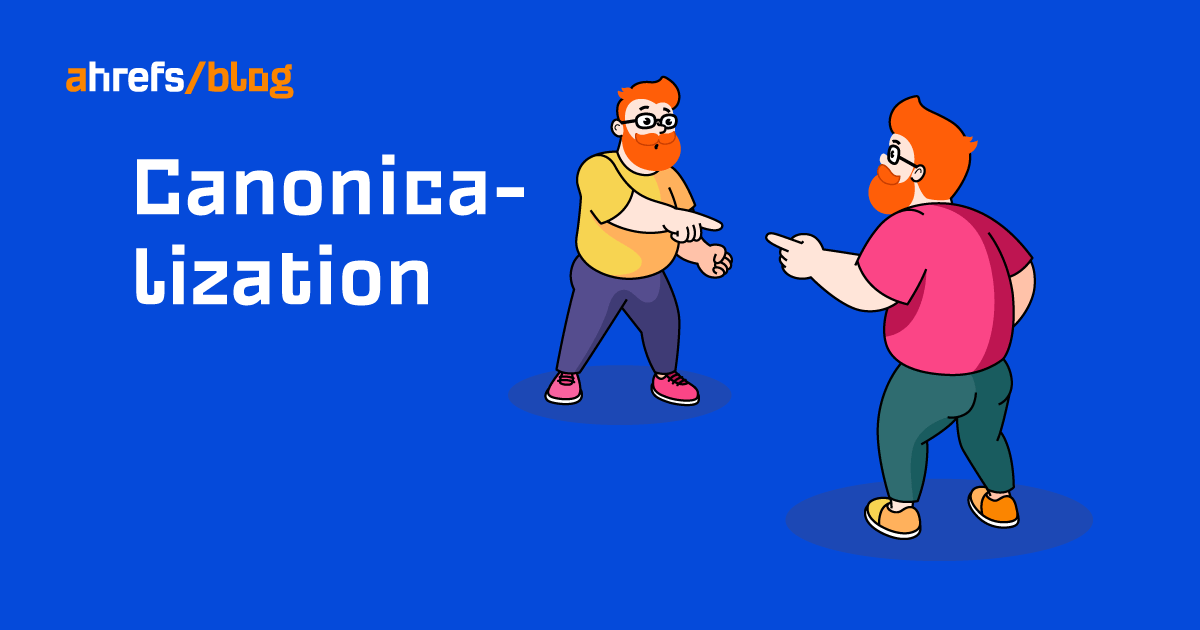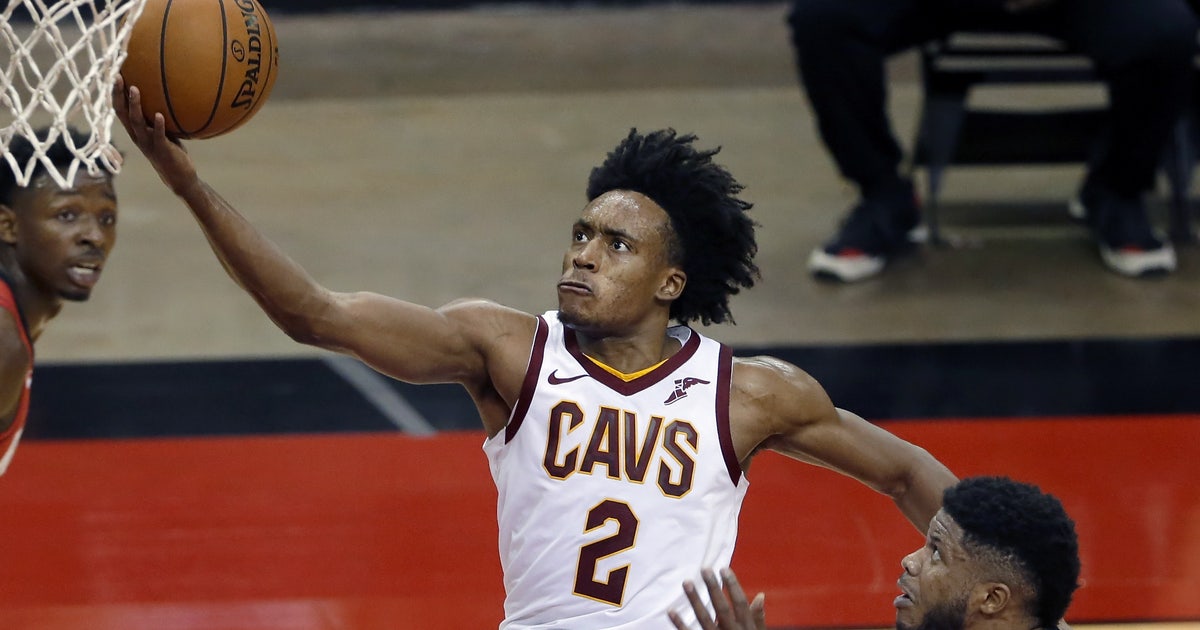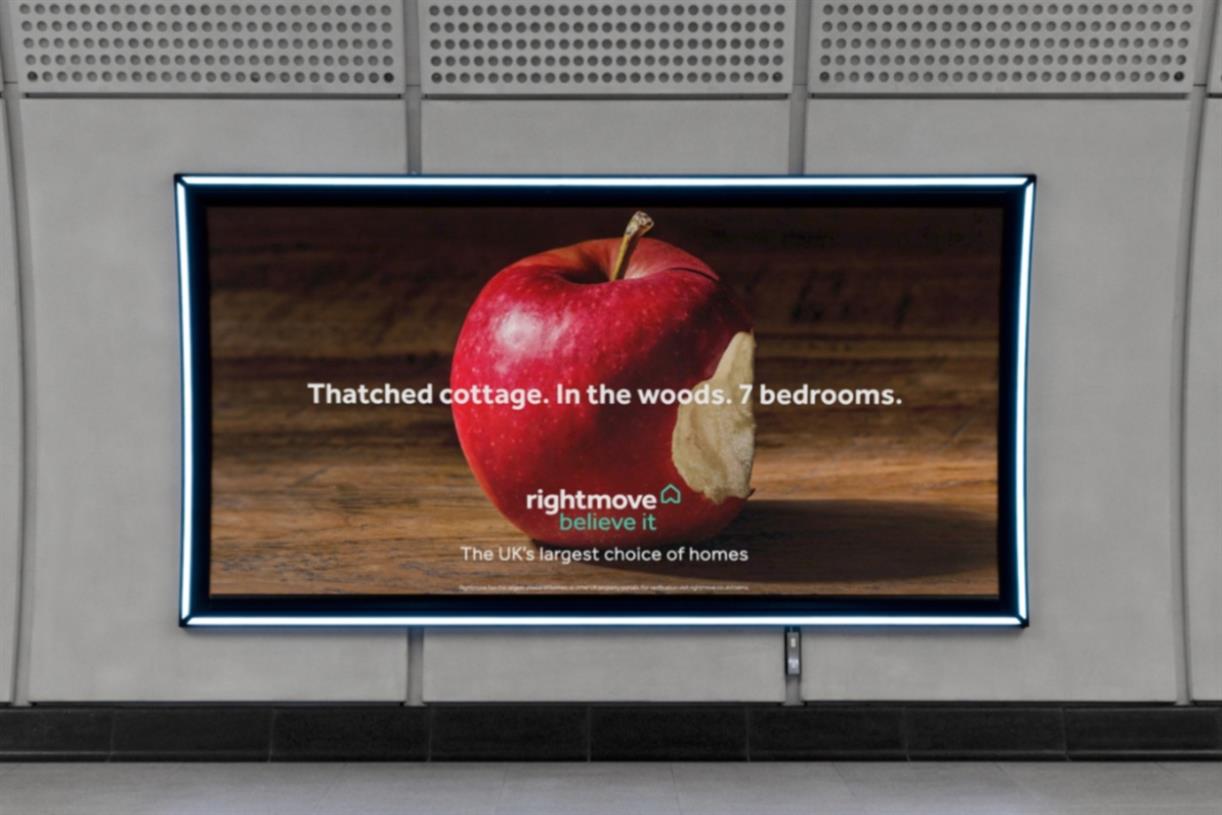Landing Page Optimization Guide for 2024
Your marketing campaign’s success relies on your landing page. Imagine your marketing campaign is performing well. It has caught your audience’s attention and persuaded them to click the link to your landing page. Don’t be elated just yet! Once...

Your marketing campaign’s success relies on your landing page.
Imagine your marketing campaign is performing well. It has caught your audience’s attention and persuaded them to click the link to your landing page.
Don’t be elated just yet!
Once they land on your page, your audience bounces without taking your desired action because your page is not user-friendly.
Well, now all your marketing efforts are wasted.
That’s how an unoptimized landing page can impact your conversion rate.
The average conversion rate benchmark of all industries is between 2% and 5%.
Just 2% to 5%!
But what if you can improve the conversion rate by just 1%?
Out of 100,000 visitors, 1% is 1000 leads! Wouldn’t that add a lot of revenue to your business?
That’s what landing page optimization can do to you.
If you don’t know how to do it, don’t worry because this blog is for you!
In this blog, you will learn the best practices for landing page optimization and the tools you need.
But before we jump in, you need to know what a landing page is.
What is a Landing Page?
A landing page is a stand-alone page focused on a specific purpose or action or goal.
It shares relevant information and persuades the audience to take the desired action.
A dedicated landing page is created for specific marketing campaigns with specific messaging to achieve conversion goals.
Your homepage isn’t a good choice to direct your visitors unless they are specifically looking for it.
Unlike other landing pages that are crafted to encourage users to take a specific action, your homepage contains broader content and navigation menus that cater to various audiences.
If you’re using your homepage as your landing page, it may confuse your visitors looking for a specific piece of information.
They may visit one of your blogs and then get diverted to another one and finally exit the website without taking any action that you wanted them to take.
This will eventually affect your conversion rate.
An effective landing page focuses on answering specific queries while aligning with the users’ search intent.
What is Landing Page Optimization (LPO)?
Landing Page Optimization (LPO) is a critical aspect of conversion rate optimization (CRO). The goal of LPO is to make a landing page more targeted, engaging, and effective, ultimately enhancing user experience and converting visitors into leads.
Landing pages are versatile tools in marketing, suited for paid, social, and organic campaigns. The intent of each campaign shapes the landing page’s design and content. Here’s how LPO adapts to different campaign types:
Facebook Campaigns: Focus on lead generation, often through offering a downloadable asset. Optimizing the page to highlight the asset’s value and simplifying the form fields can boost lead capture rates. PPC Campaigns: Typically aimed at direct conversions, such as purchases or sign-ups. Here, optimization might involve clear, compelling CTAs, a strong headline, and a simple layout to encourage quick decisions. Organic Campaigns: Often focused on fostering engagement and offering value, like a free proposal or consultation. LPO here may emphasize trust-building elements like testimonials, detailed content, and intuitive navigation to prompt the next step.Conversion actions can range from filling out a form and collecting contact details to scheduling a demo or signing up for a free trial. Effective landing page optimization requires testing different elements like the headline, theme, and CTA button to see which combinations improve the conversion rate, resulting in better alignment with campaign goals and a seamless user experience.
Best Practices For Landing Page Optimization
Here are the best practices for landing page optimization that will help improve your user experience and conversion rate:
Core Elements of a High-Converting Landing Page
Before optimizing a landing page, you must know the core elements of a high-converting landing page and how to optimize them. Here they’re:
Compelling Headline
A compelling headline is one of the factors that creates a good first impression.
The headline is the first thing your audience notices once they visit your landing page, so it should convey what they can expect and your value proposition.
The more you keep your headline clear, concise and benefit-focused, the more you can engage and impress your audience to read more and take your desired action.
There are 3 types of headlines:
A question that touches upon pain points A solution to a common problem An enticing offerChoose a headline type based on your customer journey so that it can easily connect and engage with them.
Here are some tips for creating clear and engaging headlines:
Be specific: Clearly explain your offering, your value proposition, and its impact on the reader’s future. Use power words: Power words are emotional words that resonate with your audience and increase the chance of them taking action. Keep it concise: Your headline should be no more than 10 words. Convey everything within it, as it should be easily readable and have maximum impact. Address the user: Personalize your copy using “You” and “Your”.Effective Subheading
Next to your headline, one of the things your audience notices is your subheading.
Your subheading should support your heading by explaining to your audience how your product or service would solve their problem.
Strong Call-to-Action (CTA)
A CTA is where you ask your audience to take your desired action.
It is a critical element for converting visitors into leads.
Here are some of the best practices for CTA:
Place your CTA above the fold (at the top of the page) below your subheading. Keep your forms fixed. The forms will also follow when your user scrolls to collect more information. If your CTA is a button, use it in three places – above the fold, next to the key benefit, and at the end of the page for maximum benefits. Have a lot of white space around your CTA. Add contrasting colors to your CTA button, as it also impacts your conversion rate. Keep your CTA descriptive, straightforward, and simple.Visuals and Media
Visuals and media are crucial elements of a landing page.
Embedding videos on the landing page can increase conversions upto 86%. Likewise, adding visuals can increase the desire to read the text by 90%.
So, Here are some of the best practices for using visuals effectively:
Select visuals based on your target audience. Ensure your visuals reinforce your message and USP. Perform A/B testing to find the best spot to place your visuals to increase conversion. Use short videos to quickly demonstrate the benefits of your product or service to your customers. Instead of using stock images, invest in a one-time photo shoot for eye-catching visuals. They create a big impact and help your audience connect with your brand. Using more visuals can affect the user experience.Social Proof & Trust Signals
88% of people trust online testimonials and reviews.
Social proofs and trust signals come in the form of:
Logos of the brands you have worked with Client Testimonials and reviews Case studiesAdding all these elements to your landing page will improve your credibility and authenticity and convince people to convert.
So, collect video testimonials, text reviews, or even quotes to build trust and convert your audience into a lead.
Personalize Your Landing Page
A personalized landing page can increase sales by 19%.
If you want similar results, start with segmenting your target audience.
Here are the 3 different types of segmentation:
1. Geographic segmentation
Geographic segmentation is segregating your audience based on their location.
If you’re targeting different locations, use this segmentation to create separate pages for each location, using their voice and language and including local testimonials to increase the conversion rate.
2. Demographic segmentation
Demographic segmentation is segregating your audience based on their age group, profession, and gender.
Using the data, create a copy that appeals and engages with your audience to increase your conversion rate.
3. Behavioral segmentation
Behavioral segmentation is segregating your audience based on their past interaction with your site.
Based on the data, adjust your content to improve your conversion rate.
Doing all these segmentation and tweaking your landing page copy can require much effort and time.
In that case, make use of real-time AI to personalize your content.
Here is how you can do it:
4. Use AI-powered recommendation engines
The AI-powered recommendation engine uses machine learning algorithms to analyze user behavior, purchase history, and preferences.
They continuously learn and improve recommendations based on user interactions.
Netflix is a prime example of this.
You would have noticed this on Netflix: after you enjoy a movie or show, they suggest relevant movies based on that.
Another advantage of using an AI recommendation engine is its machine learning model. It can predict the CTA that will convert a specific user based on the buyer’s journey and history.
5. Dynamic headline generator
The headline generator uses an NLP algorithm to create personalized headlines.
It will consider factors like demographics, traffic sources, and past interactions with the site to create engaging headlines.
Also, it can A/B test multiple headline variations in real time to optimize engagement.
Mobile Optimization for Landing Pages
Make your landing page an accelerated mobile page.
Here are the best practices for mobile optimization:
1.Responsive design
Touch-friendly buttons: Ensure the CTA buttons are large enough to read and click. Readable text: Ensure you use 16px font on the mobile body text. Flexible Layout: Use CSS media query to adjust the layout based on the screen size.2. CTA for mobile
Use sticky CTA: As the user scrolls down the page, the CTA should also follow. Use short and clear text: Ensure the CTA is short, clear, concise, and impactful to make the reader take action. Make CTAs prominent: Add contrasting colors to the CTA and find the best place to place where it is easily clickable.AI-Based Optimization
AI is changing the digital marketing landscape.
Its Natural Language Processing and Machine Learning algorithms offer more sophistication in testing marketing strategies and making data-backed decisions.
Here are the most crucial AI-based optimization techniques:
AI-Powered A/B Testing
Traditional A/B testing can be time-consuming and limited in scope. Whereas AI-powered testing can offer more comprehensive and efficient optimization. Here are some of the benefits of it:
1.Simultaneous testing of multiple elements
While doing A/B testing manually, you can’t simultaneously test many elements to analyze and track which works well. However, AI can simultaneously test 20+ headline, hero image, and CTA button color combinations and quickly identify the highest-performing combination.
2. Faster analysis with great accuracy
The machine learning algorithm can process test results in real-time and identify significant winners much faster than traditional methods.
3. Automatic traffic allocation
AI can dynamically adjust traffic between variants based on their performance. If one variant starts performing good results, then AI can automatically direct 60% of traffic to that variant while continuing to test others with the remaining 40%
4. Predictive testing
Based on historical data and current trends, AI can predict how a new headline will perform, allowing marketers to make informed decisions before running a live test. This removes the risk factor while testing high-stakes pages.
AI Tools for Conversion Rate Optimization (CRO):
Predictive Analytics Advance Heat Mapping Sentiment Analysis User Journey AnalysisSEO Best Practices for Landing Pages
Even though you drive traffic to your landing page via PPC, social media ads, referral sites, and other methods, optimizing it for SEO is still essential.
Because a well-SEO-optimized landing page can rank for relevant keywords and bring in free traffic.
Here are the best SEO practices for landing page optimization:
Optimize your Meta title and description
The meta title and description give a short idea of your landing page, making the reader curious to click the link and gather more information.
Optimizing your meta title and description with relevant keywords will signal to the search engine what the page is about.
Optimize your content with keywords
Ensure you sprinkle your primary, secondary, and LSI keywords on your headers and content.
This helps the search engine know what your landing page offers and improves user experience.
Every time a user clicks, reads your page and engages, your ranking for those keywords can be boosted.
Optimize page speed
If your landing page takes more than 3 seconds to load, your conversion rate drops by 7% for each second.
Use Google’s Page Speed Insights tool to check your landing page speed.
Then, start with optimizing your image. A big size image can delay your website’s loading speed. So, check the image size and compress it using plugins or free tools like Tinypng or WebP.
CSS and Javascript are other factors that could affect your loading speed. To optimize your page speed, delete unnecessary scripts.
Still, there are plenty of elements you should consider for page speed optimization. To help you, we have created a dedicated blog post on Google website speed recommendations for 2024.
Conversion Rate Optimization (CRO) Strategies
Here are some of the best conversion rate optimization tips:
Use Heat Maps: If you want to understand your user behavior, heat maps are the best way to do so. They show which part of your landing page your audience spends time on and where they exit. Based on that, you can optimize that specific area. Apart from heat maps, you can also use scroll maps, confetti maps, overlay reports, and list reports to understand user behavior. A/B Testing: A/B testing involves creating two or more versions of the landing page and testing them to see which performs better. Using A/B testing, you can test your headlines, CTAs, layout, forms, images, and all the elements. Form optimization: In most cases, the end goal is to fill out a form. In exchange for a valuable resource, the audience shares information. Minimizing the number of details can increase your conversion rate.There are many factors that contribute to conversion rate optimization. We have created a dedicated blog explaining each strategy in detail. Here are our top conversion rate optimization strategies.
Tracking And Analyzing Landing Page Performance
After adopting all these strategies for your landing page conversion, tracking and analyzing the landing page performance is the key to further optimization.
Here are some of the most important metrics you should keep an eye on to improve the effectiveness and conversion rate of your landing page:
Bounce Rate: The bounce rate represents the percentage of people who land on your site and leave without taking the desired action. Here is a detailed blog that focuses on “How to reduce your bounce rate.” Conversion Rate: The main goal of optimizing the landing page is to improve the conversion rate. So, monitoring the conversion rate metrics is crucial for optimizing your landing page. The average conversion rate of any landing page would be between 4 to 7%. Anything below means that your landing page is not good. So, your goal should be to improve your conversion rate by at least 1%. Average Time on Page: If your audience spends too much time on your landing page, it’s a great sign that your content engages with them. So, you should also monitor their average time on the page.Benefits of Landing Page Optimization
Landing page optimization can benefit you in plenty of ways. Here are the important benefits of landing page optimization:
Increases conversions: Improving even a small element on your landing page can subsequently improve your conversion rate. For example, keeping your CTA button above the fold instead of placing it somewhere below can drastically improve your conversion rate. Lower customer acquisition cost: The more effective your landing page is, the more customers you can convert, reducing your customer acquisition cost. For example, if your conversion rate jumps from 20% (2 out of 10 visitors) to 50% (5 out of 10 visitors), you have effectively reduced customer acquisition costs. Enhance User experience: By removing unwanted elements, such as irrelevant or excessive images, cluttered design, lengthy forms, non-responsive design, etc., on your landing page, you can provide a seamless user experience. For example, by reducing your form fields from 11 to 4, you can increase your conversion rate up to 120%. Better ROI: Optimizing your landing page and improving your conversion rate from existing traffic can increase your return on investment (ROI). For example, if you’re driving 10,000 traffic and out of that, 2% gets converted, optimizing your landing page with the same 10,000 traffic can increase your conversion rate to more than 5%. This will result in a better ROI. First impression: Your landing page is your sales executive. A good sales representative has to make a good first impression on the prospect. If he fails to do that, the prospect won’t convert. The same goes for the landing page. A well-optimized landing page with a simple yet attractive design will create a good and positive first impression within milliseconds.Useful tools for Landing page optimization:
Here are some helpful tools for landing page optimization to help your landing page optimization easy:
Reporting tools – Google Analytics, SEMRUsh, Ahrefs, and Adobe Analytics Heatmap and survey tools – Hotjar, crazy egg and MS Clarity. A/B testing tool – Unbounce, A/B tasty, and Instapage Usability testing tool – SmartbearConclusion
Landing page optimization is a powerful technique to improve your conversion rate and overall ROI.
By implementing the best practices outlined in this blog, you can significantly improve your landing page’s user experience, reduce bounce rates, and convert more visitors into leads.
Remember, landing page optimization is all about trial and error. You have to test each and every element of your landing page and optimize them based on your results.

 AbJimroe
AbJimroe 







